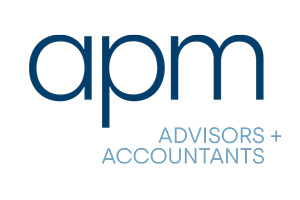
The ATO has released updated information on claiming cryptocurrency losses and gains in your tax return.
The first point to understand is that gains and losses from crypto are only reported in your tax return when you dispose of it – you sell it, convert it to fiat currency, exchange it for another type of asset, buy something with it, etc. You cannot recognise market fluctuations or claim a loss because the value of your crypto assets changed until the loss is realised or crystallised.
Gains and losses from the disposal of cryptocurrency should be reported in your tax return in the year that the disposal occurred.
If you made a capital gain on crypto that was held as an investment, and you held the crypto for more than 12 months then you may be able to access the 50% Capital Gains Tax (CGT) discount and halve the tax you pay.
If you made a loss on the cryptocurrency (capital loss) when you disposed of it, you can generally offset the loss against capital gains you might have (unless the crypto is a personal use asset). But you can only offset capital losses against capital gains. You cannot offset these losses against other forms of income like salary and wages, unfortunately. If you don’t have any capital gains to offset, you can hold the losses and carry them forward for another future year when you can use them.
If you earned income from crypto such as airdrops or staking rewards, then these also need to be reported in your tax return.
And remember, keep records of your crypto transactions. The ATO has sophisticated data matching programs in place and cryptocurrency reporting is a major area of focus.



